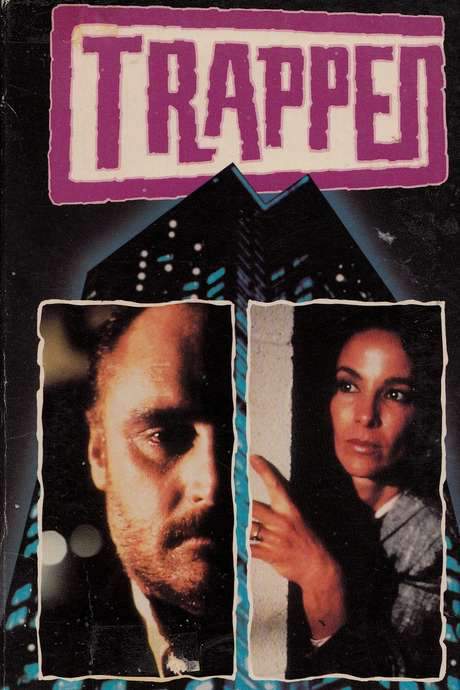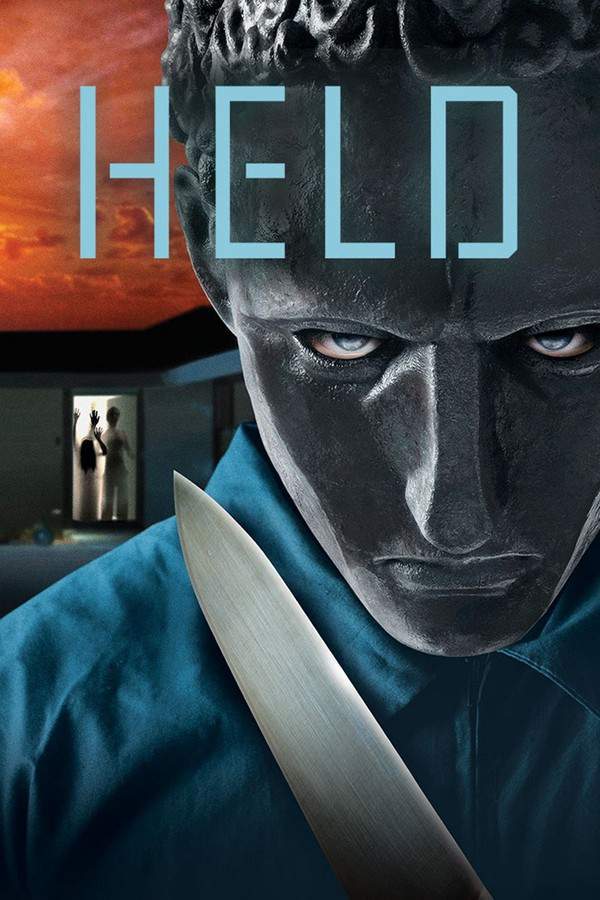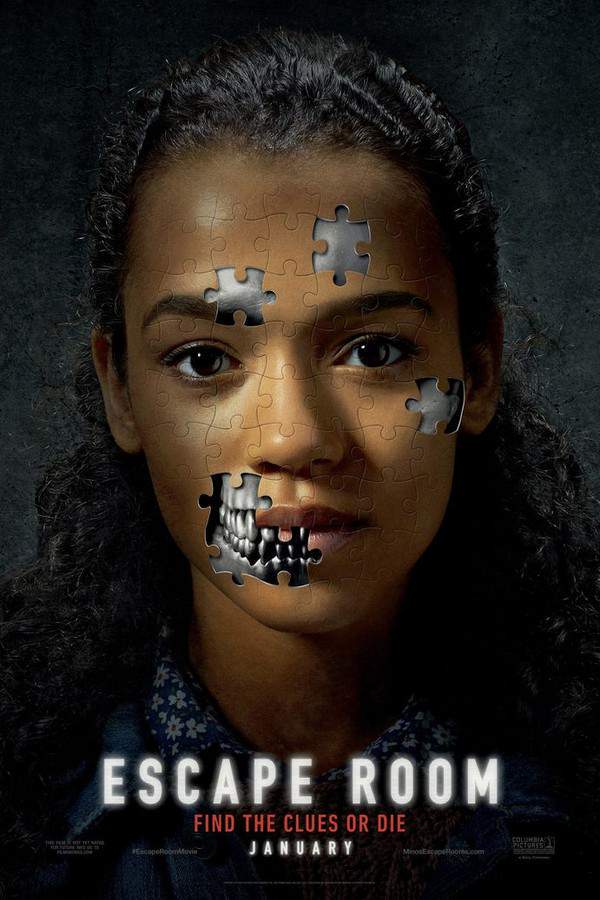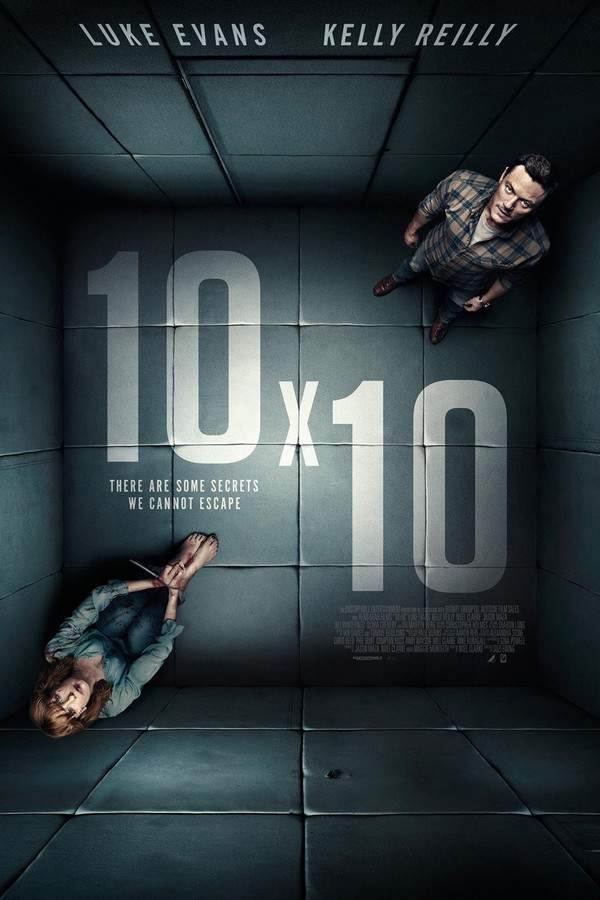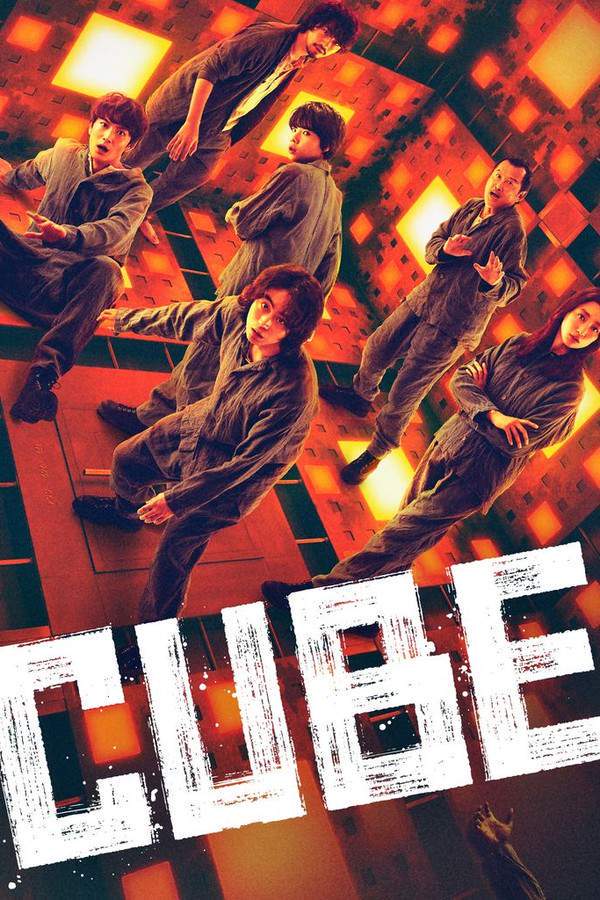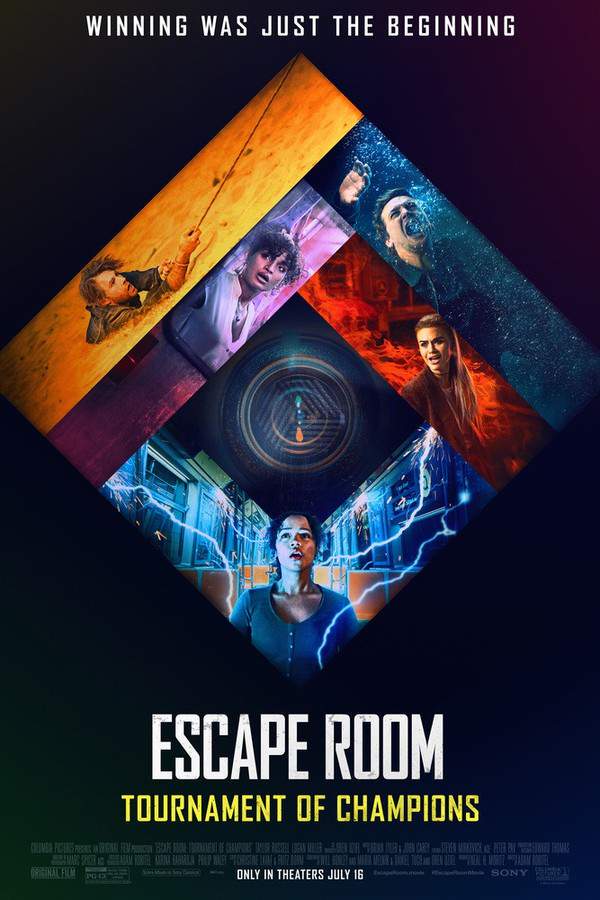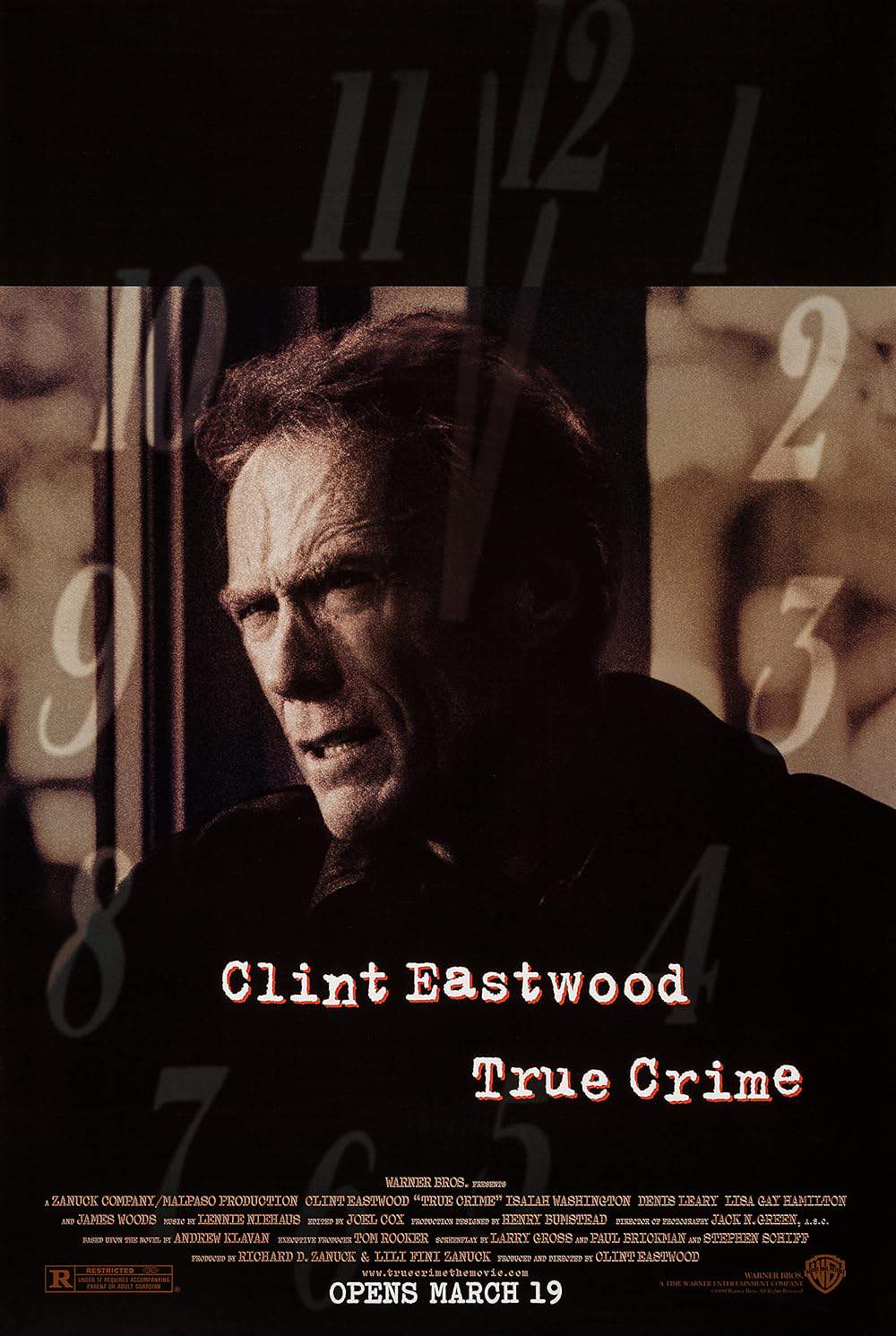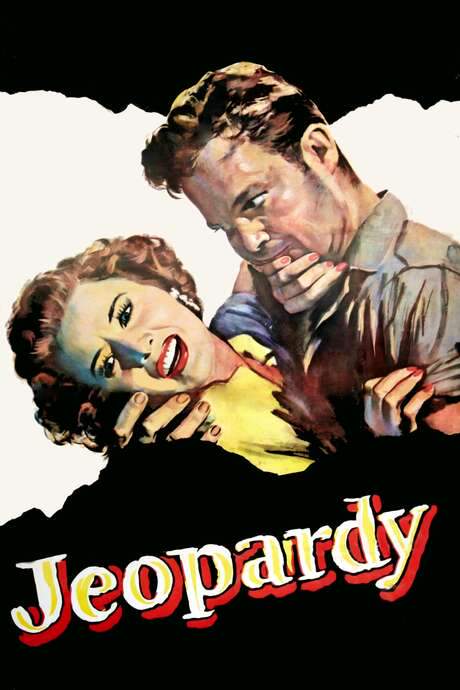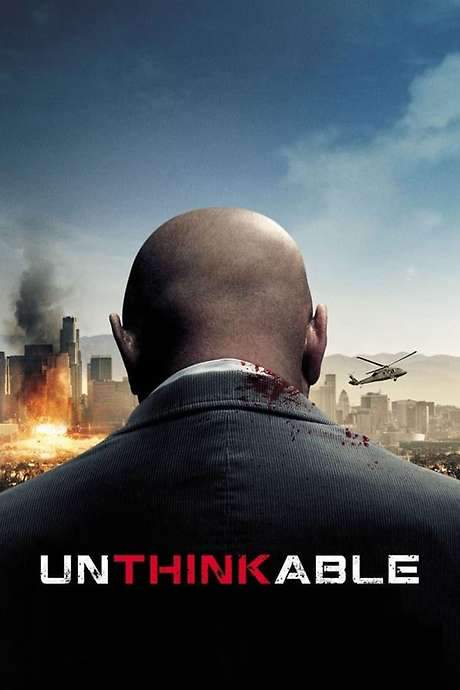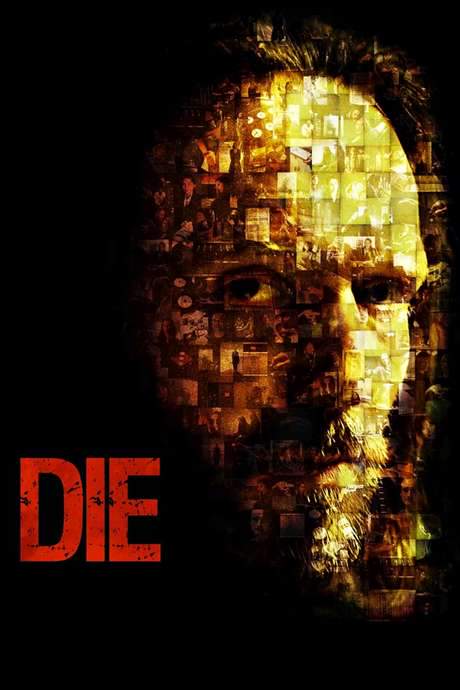
Die
Year: 2010
Runtime: 91 mins
Language: English
Director: Dominic James
Six people, each of them is on the road to self-destruction. They wake up in cells in a surreal facility, without knowing how they got there or why.
Warning: spoilers below!
Haven’t seen Die yet? This summary contains major spoilers. Bookmark the page, watch the movie, and come back for the full breakdown. If you're ready, scroll on and relive the story!
Timeline & Setting – Die (2010)
Explore the full timeline and setting of Die (2010). Follow every major event in chronological order and see how the environment shapes the story, characters, and dramatic tension.
Last Updated: October 01, 2025 at 10:09
Main Characters – Die (2010)
Meet the key characters of Die (2010), with detailed profiles, motivations, and roles in the plot. Understand their emotional journeys and what they reveal about the film’s deeper themes.
Last Updated: October 01, 2025 at 10:09
Major Themes – Die (2010)
Explore the central themes of Die (2010), from psychological, social, and emotional dimensions to philosophical messages. Understand what the film is really saying beneath the surface.
Last Updated: October 01, 2025 at 10:09
Explore Movie Threads
Discover curated groups of movies connected by mood, themes, and story style. Browse collections built around emotion, atmosphere, and narrative focus to easily find films that match what you feel like watching right now.
Claustrophobic captivity thrillers like Die
Characters trapped and forced to play deadly psychological games for survival.If you liked the high-tension survival horror of Die, explore more movies like it. This list features similar psychological thrillers about characters trapped in deadly games, facing moral choices in confined, unsettling settings. Find your next suspenseful watch among these stories of desperation and cunning.
Narrative Summary
These narratives typically begin with a sudden, unexplained captivity. The plot is driven by a series of tests or games that force characters to confront their fears, guilt, or morality. The central conflict is often against an unseen puppeteer and the deteriorating dynamics within the trapped group, building towards a climactic struggle for freedom and truth.
Why These Movies?
Movies are grouped here for their shared focus on confinement as a primary source of tension. They generate a consistent mood of anxiety, dread, and suspense through scenarios where escape is nearly impossible and every decision carries life-or-death consequences, creating a deeply immersive and stressful viewer experience.
Movies with high-stakes moral dilemmas like Die
Ordinary people forced to make impossible choices under extreme pressure.Fans of Die who enjoyed its tense ethical challenges will find more movies like it here. These films explore similar themes of desperate survival and impossible choices, often putting characters in situations where there are no good options. Discover other suspenseful stories that question the price of a life.
Narrative Summary
The narrative pattern involves placing characters in a contrived or extreme scenario that systematically removes easy options. The plot advances through a series of escalating choices, each forcing a deeper moral compromise. The character journey is one of degradation or revelation, exploring what a person is willing to do—and become—when pushed to the brink.
Why These Movies?
These films are united by their focus on ethical conflict as the main engine of drama. They share a heavy emotional weight and generate tension by making the viewer ponder, 'What would I do?' The experience is intellectually and emotionally engaging, prioritizing psychological suspense over physical action.
Unlock the Full Story of Die
Don't stop at just watching — explore Die in full detail. From the complete plot summary and scene-by-scene timeline to character breakdowns, thematic analysis, and a deep dive into the ending — every page helps you truly understand what Die is all about. Plus, discover what's next after the movie.
Die Summary
Read a complete plot summary of Die, including all key story points, character arcs, and turning points. This in-depth recap is ideal for understanding the narrative structure or reviewing what happened in the movie.

Die Timeline
Track the full timeline of Die with every major event arranged chronologically. Perfect for decoding non-linear storytelling, flashbacks, or parallel narratives with a clear scene-by-scene breakdown.

Die Spoiler-Free Summary
Get a quick, spoiler-free overview of Die that covers the main plot points and key details without revealing any major twists or spoilers. Perfect for those who want to know what to expect before diving in.

More About Die
Visit What's After the Movie to explore more about Die: box office results, cast and crew info, production details, post-credit scenes, and external links — all in one place for movie fans and researchers.


